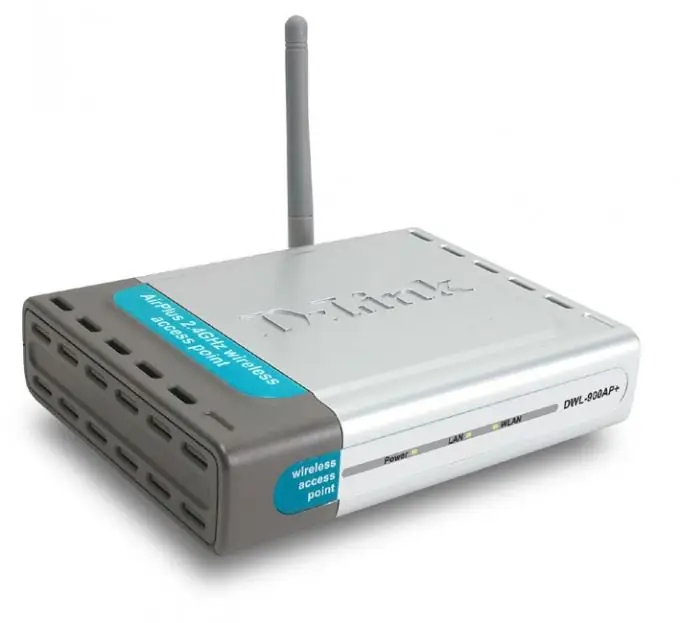- Author Lauren Nevill [email protected].
- Public 2023-12-16 18:48.
- Last modified 2025-01-23 15:15.
Wireless Internet has become more widespread in recent years. It is understandable - everyone is tired of being confused in endless wires, and why, if they have long been replaced by wireless technologies. They are much more convenient and modern, however, as a rule, wireless devices are quite large and allow you to work with them only while sitting at your desk at home or in your office. The exception is portable access points, which are a router that fits in your pocket. If you decide to use this device, then below you can find instructions on how to configure it.

Necessary
- Ethernet RJ-45 port (network card)
- Have at least one IEEE 802.11b / g wireless device
- Installed TCP / IP
- Installed browser
Instructions
Step 1
Make sure your system meets the requirements for installation.
Step 2
Install the desired utility from the CD.
Step 3
Connect your device to a computer, router or hub.
Step 4
Place the device on a flat surface as high as possible above the ground, but away from direct sunlight and any metal structures or objects. Make sure there are no transformers, fluorescent lights, high-power motors, refrigerators, microwave ovens, etc. nearby. The device should be at least twenty centimeters away from the person. Make sure the Ethernet cable is no longer than 100 meters. Use the utility that came with your wireless device to browse the networks to help you best position your device.
Step 5
Connect one end of the RJ-45 cable to the Ethernet port and the other end to your computer.
Step 6
Connect one end of the AC adapter to a power outlet and the other to the DC-IN jack.
Step 7
Remember that in every home and office there are many obstacles to wireless communication, such as walls that absorb signals. For the longest signal penetration and connection speed, try positioning the device closer to the active user. Adjust the baud rate manually.
Step 8
If you have multiple access points on your network, make sure that their coverage areas overlap so that no connection drops occur. Place the dots using the same channel as far apart as possible to reduce interference.






